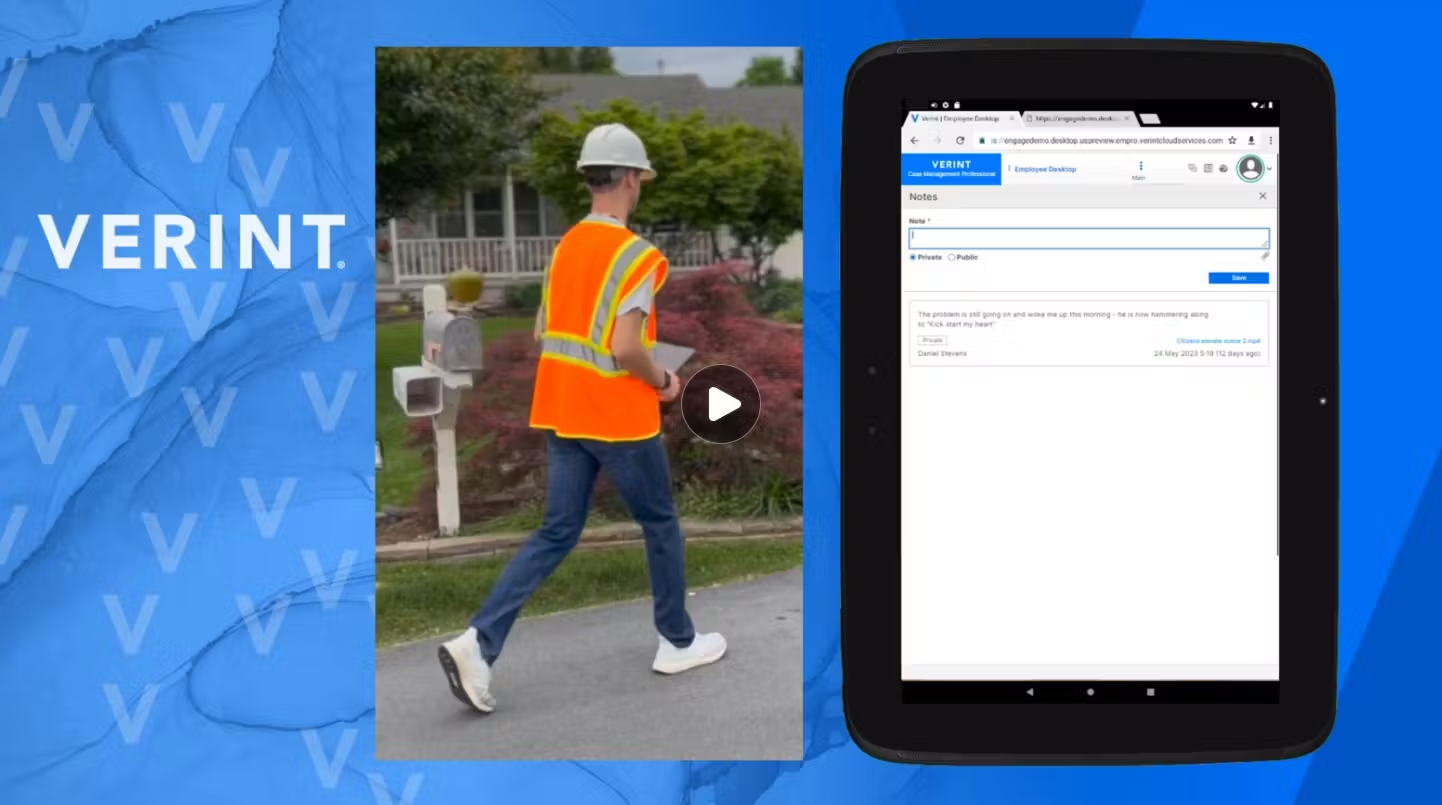
How Technology Can Help 9-1-1 Maintain Service During Major Crises


Natural disasters can severely disrupt all aspects of life, including the operation of emergency services. When hurricanes Helene and Milton hit southern states in the fall of 2024, local public safety answering points (PSAPs) saw a significant surge in 9-1-1 call volumes. In North Carolina alone, 55% more calls were made over the same timeframe last year.
The growing number and scale of natural disasters, like the above-normal 2024 Atlantic hurricane season or the unpredictability of the recent wildfires, are urging 9-1-1 command centers to take advantage of technology.
Ultimately, their uninterrupted service is truly a matter of life and death.
Benefits of Technological Innovations for 9-1-1 Command Centers
Technological innovations, including cloud deployment and digital emergency communications services, such as Next-Generation 911 (NG911), can highly enhance the speed and reliability of emergency operations—even during unexpected incidents.
In the event of major crises, such as hurricanes, it is imperative to maintain uninterrupted 911 service.
Despite the multifaceted challenges these command centers face, including budgetary constraints and increasing citizen demands, public safety directors and managers are now acknowledging the benefits of technology that helps them:
- Enhance operational resilience
- Gain valuable insights from unstructured, siloed data
- Optimize costs.
1) Enhance Operational Resilience
Cloud technology is now available for public safety agencies. It enables their PSAPs to securely connect their systems, applications, and data to any internet-connected device in any location. This means that in the face of a hurricane or wildfire, command centers can easily be relocated and continue their operations.
Because these digital solutions run on browser-based interfaces and use hybrid or virtual data storage, data can be easily accessed even during mobile deployments. This allows immediate access to a greater amount of more accurate information—in real time.
2) Gain Valuable Insights from Unstructured, Siloed Data
Using on-prem servers, a public safety agency can easily find themselves having a vast amount of unstructured, siloed data, making it difficult to turn it into actionable insights.
Besides being able to access real-time, accurate data, migrating their operations to the cloud also helps gain a unified view of all pieces of relevant information. This enables command centers to turn unstructured data into insights, bringing interaction recording and incident reconstruction up to par with the requirements of our fast-paced, digital world.
With such insights at hand, dispatchers can have enhanced situational awareness and decision-making to provide the best possible response in an emergency. They can, for example, share data with other agencies to ensure a complete response, along with access to caller information—even when immediate systems are down.
3) Optimize Costs
With dedicated PSAP revenues declining and often falling short of covering operational costs, public safety agencies are all too familiar with the challenges of operating under budget constraints.
The adoption of cloud technology can relieve command centers from the burden of having to maintain hardware and software, resulting in lower maintenance costs.
Although it’s a good first step at keeping costs at bay, there’s more to how digital solutions can help public safety agencies increase efficiency and accuracy without breaking the bank.
For example, a well-designed recording and recall application facilitates easy retrieval of information and helps 9-1-1 dispatchers have everything at their fingertips when needed. Being able to capture not only the interaction between the caller and the call taker, but also the corresponding activities on the telecommunicator’s desktop (e.g., screen navigation and after-call wrap-up) can further support the analysis and issue identification.
Plus, it can reveal the successful behaviors of top performers for training purposes, as well as pinpoint early signs of burnout to help retain employees.
Discover Verint for Public Safety Solutions
Verint for Public Safety is a comprehensive suite of solutions to help PSAPs record multichannel interactions, speed up incident reconstruction, reduce liability, enhance the quality of emergency call handling, improve employee training, drive objective performance reviews, and promote better compliance.
Our solutions offer flexible deployment options, including on-premises, in the cloud, or hybrid deployment—to fit your organization’s needs. All that without frequent, costly updates or time-consuming training for employees, as our solutions can be built on top of your existing systems and integrations.
Learn more about Verint for Public Safety here.

